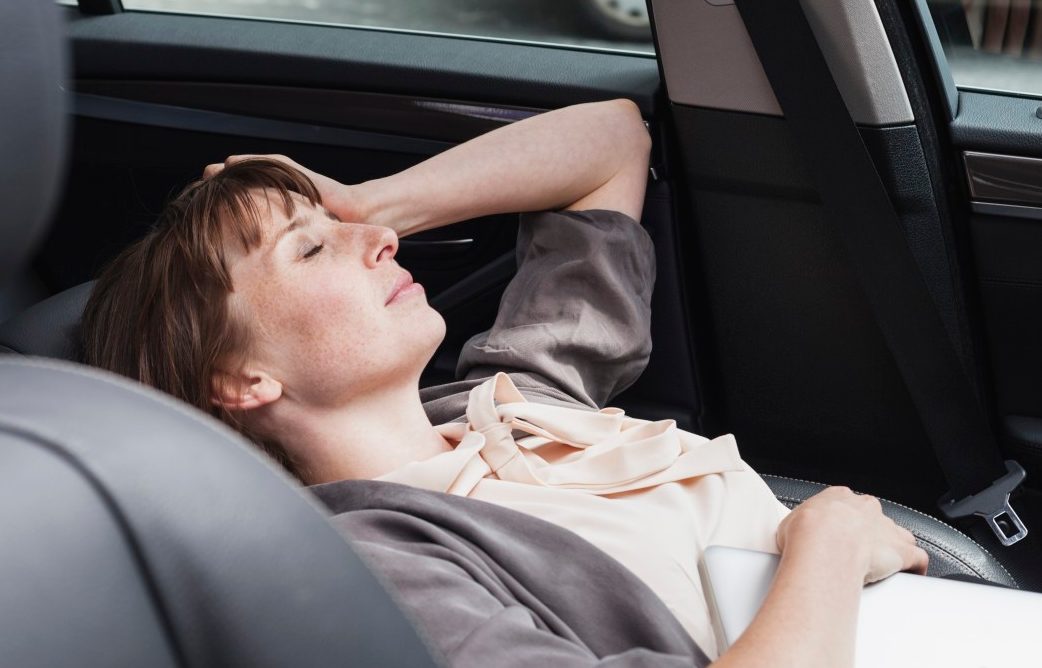Driving While Drowsy

Drowsiness slows your reaction time, makes you less attentive, and less able to make safe decisions. It may be just as dangerous as driving drunk.
Ophadell Williams was driving on what prosecutors said was just a few hours of sleep when his bus hit a guardrail on a highway in the Bronx, flipped, and ripped open, killing 15 of the 32 passengers. One man lost both arms; he had used them to shield his face. Williams, who was acquitted, faced up to 15 years in prison if he had been convicted of manslaughter and criminally negligent homicide.
Prosecutors contended that he was so sleep-deprived he might as well have been drunk. Unfortunately, there are no breathalyzer tests for fatigue or sleepiness, and, as Williams’ lawyer noted, driving without a full night’s sleep is a common practice.
It shouldn’t be, and, around the country, prosecutors are going after drowsy drivers who get into accidents. Drowsiness slows your reaction time, makes you less attentive, and less able to make safe decisions, according to the Centers for Disease Control and Prevention.
YOU MIGHT ALSO LIKE: Why Is Sleep Important?
After 17 to 19 hours awake, you function like someone with a blood alcohol content of 0.05 percent — typical for a 150-pound man after two beers. After about 24 hours awake, your impairment is equivalent to a blood alcohol content of roughly 0.10 percent, which is more than 0.08 percent, the cut off for legal intoxication for drivers 21 and older.
According to the latest research by the AAA Foundation for Traffic Safety, in recent years close to 11 percent of all crashes severe enough to report to the police and 9 percent of more minor incidents involved “DWD,” driving while drowsy. Some 6,400 fatal crashes may be caused by drowsy drivers every year. An earlier study found that 21 percent of fatal crashes involve sleepy drivers.
“Unfortunately, drivers often underestimate this risk and overestimate their ability to combat drowsiness behind the wheel,” Peter Kissinger, President and CEO of the AAA Foundation for Traffic Safety, noted when announcing the research.
Americans are sleepy; in a 2020 Sleep Foundation survey, 72 percent of respondents said they felt sleepy two or more days a week. About one in 25 adult Americans say in surveys that they’ve fallen asleep at the wheel during the past 30 days. Young men, shift workers, parents, and people who snore — a possible sign of sleep apnea — or who habitually sleep 6 or fewer hours a night are more likely to doze off.
Drowsy-driving accidents happen most often after midnight and to people alone in their car, reports the UCLA Sleep Disorders Center in Los Angeles. Another dangerous time is 1 p.m. to 3 p.m. because people normally get a little sleepy at that time.
You may tell yourself you’re fine — and risk a fatal crash. Some signs that you’re too tired to keep driving include:
- Yawning
- Day-dreaming
- Frequent blinking
- Missing your exit or traffic signs
- Drifting from your lane
- Hitting a rumble strip
- Accidentally tail-gating
You may be lapsing into micro-sleeps — light sleep lasting five to 15 seconds — without even realizing it. Have you ever caught yourself behind the wheel jerking your head and waking up with a jolt? The shock will send adrenalin through your body and make you more alert. But that’s not a reason to keep driving for long. It’s time to pull off the road or switch drivers.
Protect yourself by getting plenty of sleep — at least seven hours — the night before a long drive. Try to keep your trip to daylight hours, when it’s easier to stop. If you must drive at night, nap beforehand. Drive only when you are normally awake. Avoid heavy foods, alcohol, and any medications that could make you drowsy.
The AAA recommends a rest stop every two hours or 100 miles. Bring an alert companion, who can keep you awake with conversation, tell you when you’re tired, and drive when you can’t. Don’t underestimate the power of a quick nap — at least 20 minutes and no more than 30.
One science-tested trick: Have a cup of strong coffee (or about 150 mg of caffeine from other sources like tea and cola), nap for 15 minutes or less, then wait until you feel alert enough to drive.
Caffeine in liquid form takes 20 minutes to a half hour to kick in, so when you’re back on the road you’ll have the benefit of both sleep and caffeine. Resting without actually falling asleep is also effective.
The key is probably how easily you fall asleep. Sara Mednick, author of “Take a Nap! Change Your Life,” warns that older people can be more sensitive to caffeine keeping them up later in the evening when they do want to fall asleep.
You’ll hear the advice to open up the windows for fresh air and turn up your music or listen to a suspenseful audio book. Mednick thinks these strategies will lead you astray: “Sleep is a much stronger force than those environmental influences, and relying on them leads to people getting in crashes.”
Updated:
April 22, 2022
Reviewed By:
Christopher Nystuen, MD, MBA and Janet O'Dell, RN